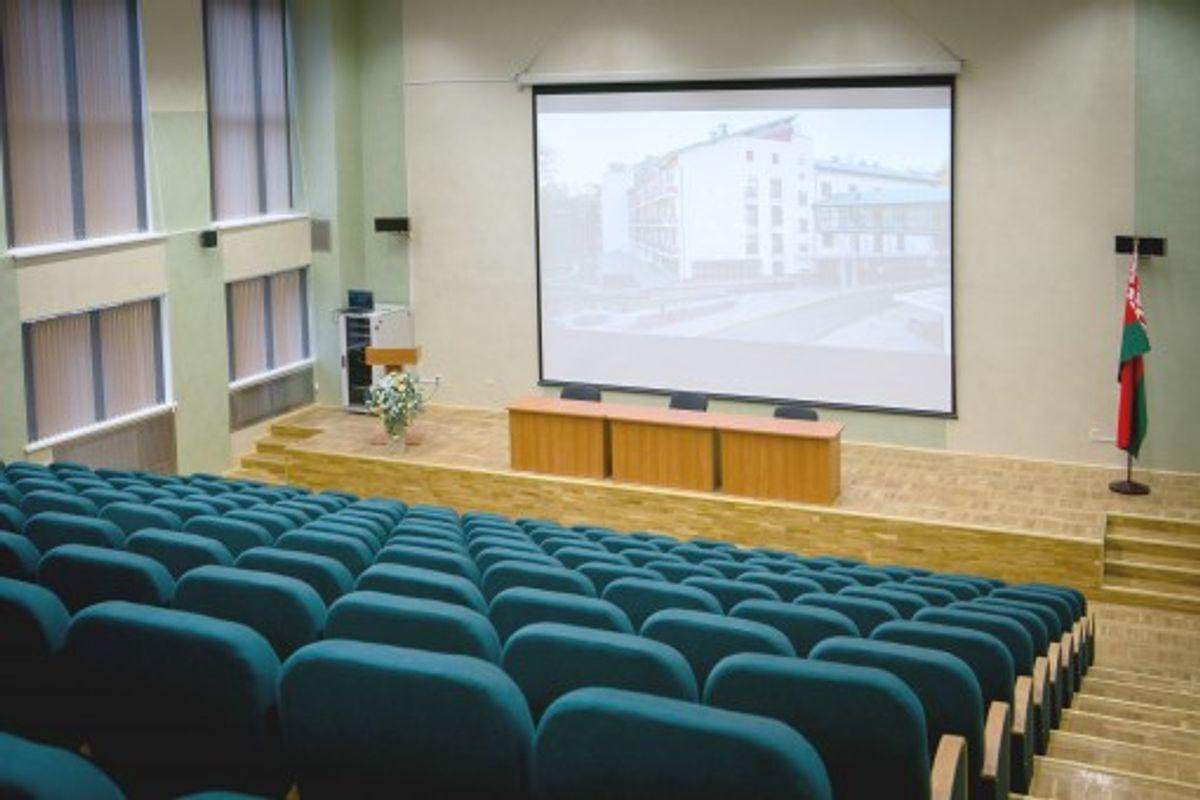Summarizing presentations effectively and swiftly is a crucial skill in today's fast-paced professional environment. This article outlines practical techniques to help you grasp the core message, structure your summary logically, utilize technology to enhance efficiency, and practice effective listening to ensure you capture the essence of any presentation.
Key Takeaways
- Understand the core message by identifying key points, analyzing the audience's needs, and extracting essential data.
- Structure your summary to create a logical flow, highlight main arguments, and use bullet points for clarity.
- Leverage technology and effective listening techniques to enhance summarization efficiency and accuracy.
Understanding the Core Message

To effectively summarize presentations, it's crucial to grasp the core message. This involves several key steps:
Identifying Key Points
Start by pinpointing the main ideas or themes presented. Use tools like Microsoft OneNote or Evernote for efficient note-taking during the presentation. List these points in a structured format to ensure you capture the essence without unnecessary details.
Analyzing the Audience's Needs
Understand the audience's expectations and knowledge level. This will guide you in focusing on the information that is most relevant and impactful for them. Tailor your summary to address these needs, enhancing the value of your summarized content.
Extracting Essential Data
Gather and organize critical data from the presentation. If quantitative, represent this information in a concise table:
| Key Metric | Value |
|---|---|
| Customer Reach | 45% |
| Revenue Increase | 20% |
This structured approach ensures that your summary is not only comprehensive but also easy to understand and directly aligned with the core message of the presentation.
Structuring Your Summary
Creating a Logical Flow
To ensure your presentation summary is effective, start by outlining the main points in a logical sequence. This approach helps your audience follow the argument or story without confusion. Consider using tools like Microsoft PowerPoint or Google Slides to visually map out the structure before you begin writing.
Highlighting Main Arguments
Emphasize the key arguments of the presentation to make them stand out in your summary. This not only captures the essence of the presentation but also makes it memorable for your audience. Use bullet points to list these main arguments succinctly:
- First major point
- Second major point
- Additional important point
Using Bullet Points for Clarity
Bullet points are invaluable for breaking down complex information into digestible pieces. They help maintain clarity and conciseness, especially when dealing with data or statistics. Here’s an example of how to structure bullet points:
- Key Statistic 1: Description
- Key Statistic 2: Description
- Key Statistic 3: Description
By structuring your summary with clear, concise bullet points, you enhance the readability and effectiveness of the content.
Utilizing Technology for Efficiency

Software Tools for Note-Taking
When summarizing presentations, leveraging software tools for note-taking can drastically enhance your efficiency. Popular tools like Evernote, Microsoft OneNote, and Notion allow you to organize your notes effectively. These platforms offer features like tagging, searching, and syncing across devices, which are crucial for quick retrieval and organization of information.
Audio to Text Conversion
Converting audio recordings of presentations to text is a game-changer. Tools like Otter.ai and Sonix provide accurate and fast transcription services. This technology not only saves time but also ensures that you capture every detail without the need for manual note-taking.
Leveraging AI Summarization
AI-powered summarization tools can significantly cut down the time you spend on creating summaries. Platforms like SummarizeBot and Resoomer analyze texts and extract the most important information, presenting it in a condensed form. This allows you to focus more on analysis rather than on the initial data collection.
Practicing Effective Listening

To master the art of summarizing presentations, effective listening is crucial. This involves more than just hearing words; it requires active engagement and strategic note-taking to capture the essence of the presentation.
Active Listening Techniques
Employ techniques such as nodding, maintaining eye contact, and paraphrasing what the speaker says to ensure you fully grasp the content. This engagement helps in retaining information and preparing a concise summary.
Note-Taking Strategies
Develop a system for note-taking that includes shorthand for common terms and symbols to represent recurring themes. Use tools like Evernote or OneNote for digital note-taking, which can be particularly useful for quick edits and reorganization of points.
Immediate Review and Editing
Immediately after the presentation, review your notes to edit and structure them while the information is still fresh. This step is essential for crafting a summary that captures all critical points without unnecessary details.
Conclusion
In conclusion, mastering the art of summarizing presentations swiftly is crucial for effective communication and time management. By employing the techniques discussed, such as focusing on key points, using structured formats, and leveraging technology, individuals can enhance their ability to convey essential information quickly and clearly. Remember, practice is paramount to refining these skills and becoming proficient in summarizing presentations efficiently.
Frequently Asked Questions
What are the key techniques for identifying the core message in a presentation?
To identify the core message, focus on the main points, analyze the audience's needs, and extract essential data relevant to the topic.
How can technology enhance the efficiency of summarizing presentations?
Technology can aid in summarizing presentations through note-taking software, audio to text conversion tools, and AI-driven summarization features to streamline the process.
What are some effective listening strategies to improve summary quality?
Effective listening strategies include practicing active listening, employing strategic note-taking, and reviewing and editing notes immediately after the presentation to ensure accuracy and completeness.
